In addition to the articles below, I penned 80 entries for my blog, “Streams of Consciousness” while on staff at Scientific American Mind. Three example posts appear below.
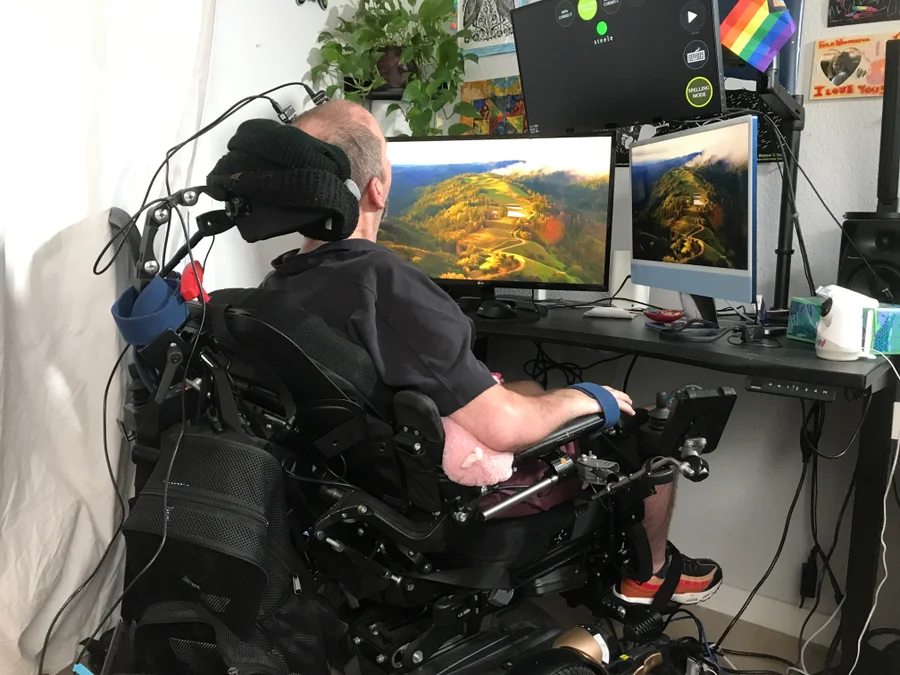
Brain-to-Speech Tech Good Enough for Everyday Use Debuts in a Man with ALS
A highly robust brain-computer interface boasts low error rates and a durability that allows a user to talk all day long
(Scientific American, August 2024)

How Animal Brains Tell Friends from Strangers
A small section of the mouse brain’s hippocampus uses specific neural codes to denote social familiarity and identity
(Scientific American, March 2024)
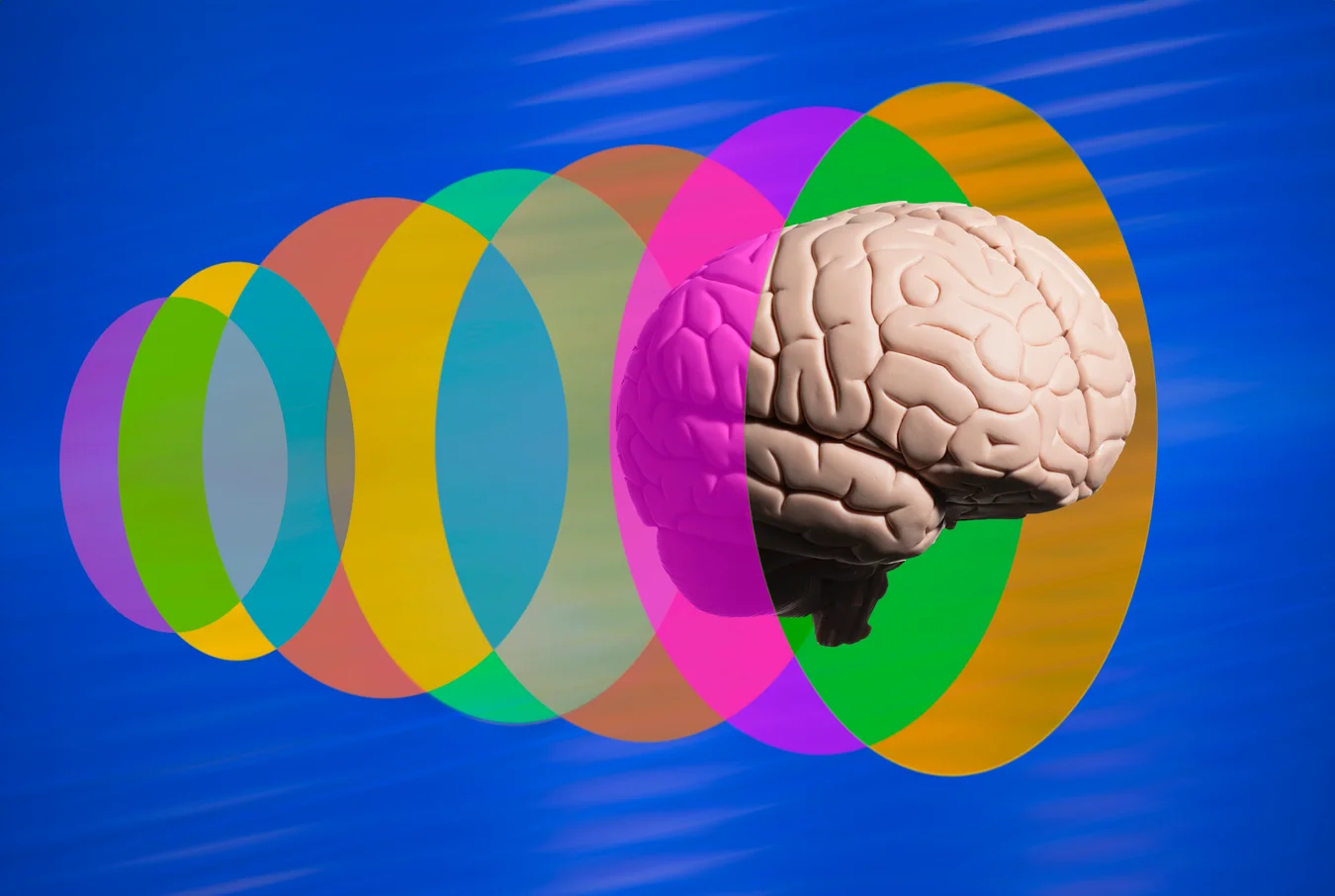
PM Images/Getty Images
Why Do So Many Mental Illnesses Overlap?
A concept called the “p factor” attempts to explain why psychiatric disorders cannot be clearly separated
(Scientific American, March 2024)
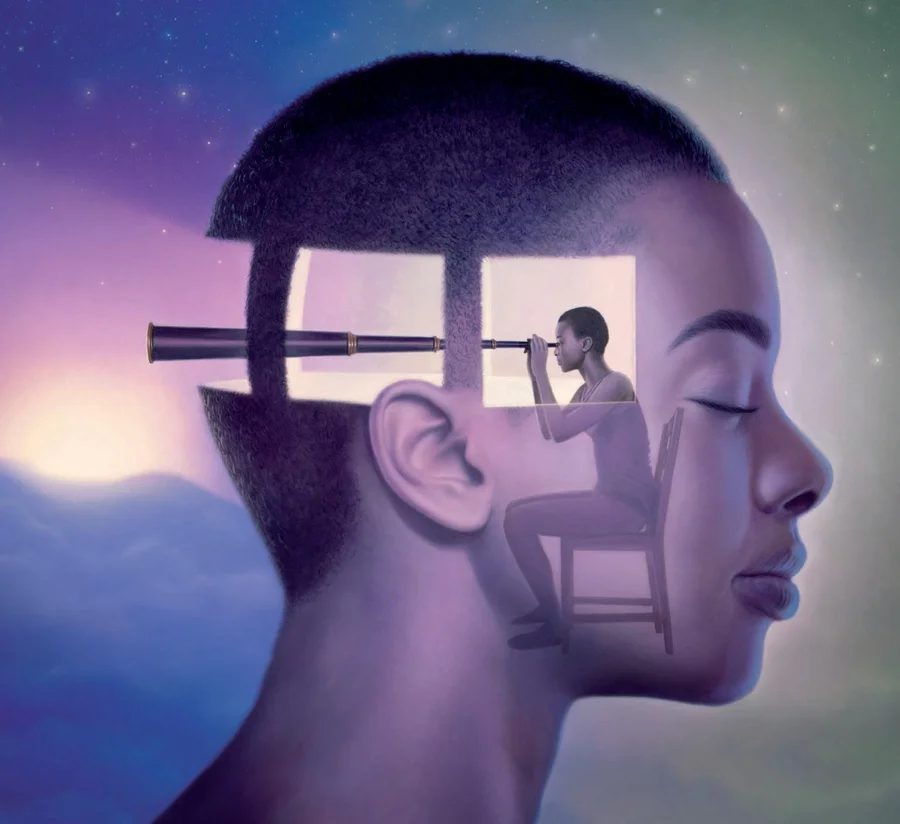
How Sleep Engineering Could Help Heal the Brain
Stimulating the sleeping brain may ease suffering from memory loss, stroke or mental health problems
(Scientific American, March 2024)
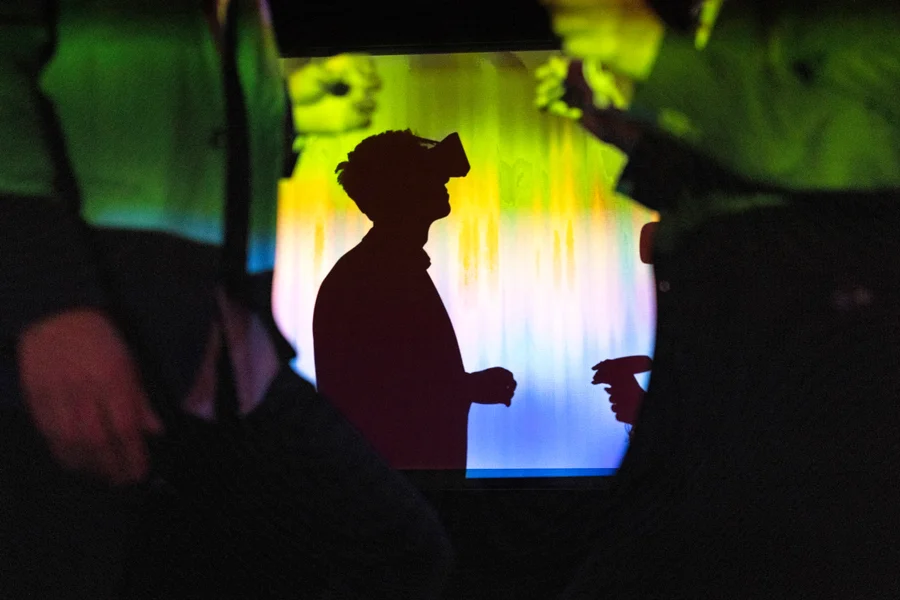
Virtual Bar Scenes Are a New Tool to Study Why People Commit Crimes in the Heat of the Moment
Virtual-reality could assist researchers in decoding how emotions spur a decision to commit a crime
(Scientific American, February 2024)

A Newly Discovered Brain Signal Marks Recovery from Depression
Implanted electrodes pick up a pattern of brain waves that can signal the presence or absence of depression and perhaps predict its relapse (Scientific American, September 2023)
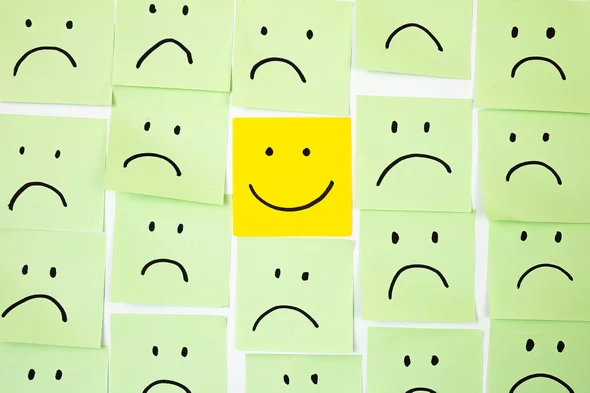
Suppressing an Onrush of Toxic Thoughts Might Improve Your Mental Health
Counter to the conventional wisdom, suppression of distressing thoughts could be an invaluable addition in treating depression, anxiety and trauma (Scientific American, September 2023)

Where Imagination Lives in Your Brain The ability to conjure up possible futures or alternative realities is the flip side of memory. Both faculties cohabit in the brain region called the hippocampus ( Scientific American, June 2023)

Here’s How to Use Dreams for Creative Inspiration Channeling Thomas Edison and Salvador Dalí, researchers show that shaping dream imagery could spark creative ideas to target a specific problem
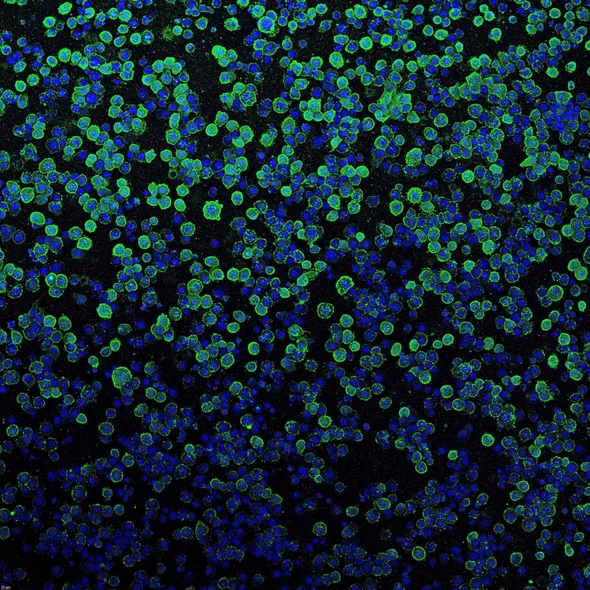
Bacterial ‘Nanosyringe’ Could Deliver Gene Therapy to Human Cells. This novel injection system could help advance gene therapy by nimbly inserting gene-editing enzymes into a variety of cell types (Scientific American, March 2023)

Vitamin D Supplements Probably Won’t Prevent Mental Illness After All. Despite the stream of “good news” about vitamin D, the supplement’s prospects to prevent mental health disorders in adults remain dim (Scientific American, March 2023)

Humans Can Correctly Guess the Meaning of Chimp Gestures. A new finding that humans can correctly interpret the gestures of chimps and bonobos adds togrowing research that suggests that human language may have evolved from a dictionary of hand and body signals (Scientific American, January 2023)

Subliminal Cues, Precisely Timed, Might Help People Forget Bad Experiences. Suppressing memories using an “amnesic shadow” could someday lead to a gentler therapy for post-traumatic stress disorder (Scientific American, December 2022)
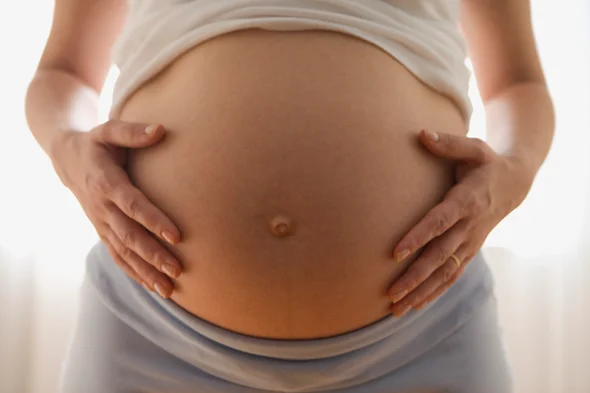
Pregnancy Changes the Brain, Possibly Promoting Bonding with a Baby A woman during pregnancy shows changes in a key brain network that may be important for bonding with their child (Scientific American, November 2022)
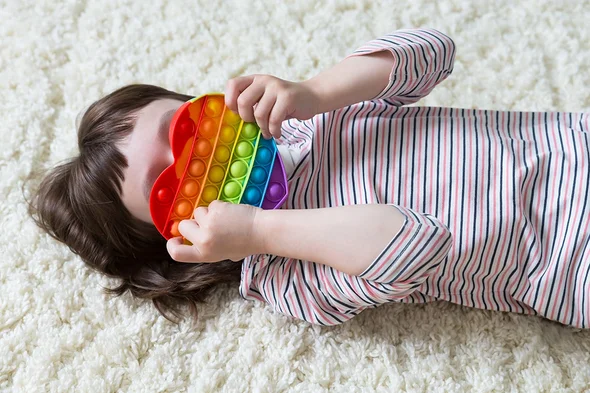
Is a Diagnostic Test to Blame for Why We Know So Little about Autism in Girls? A standard diagnostic test may be one reason autism research includes so few female participants (Scientific American)
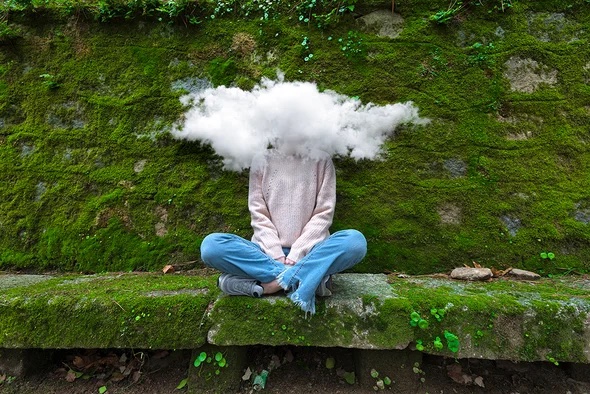
How to Stop Unwanted Thoughts Suppressing the flow of unwanted thoughts is possible and can help people cope with difficult memories (Scientific American)

Newfound Brain Switch Labels Experiences as Good or Bad A molecule tells the brain whether to put a positive or negative spin on events. Mental disorders may result when the up/down labeling goes awry (Scientific American)
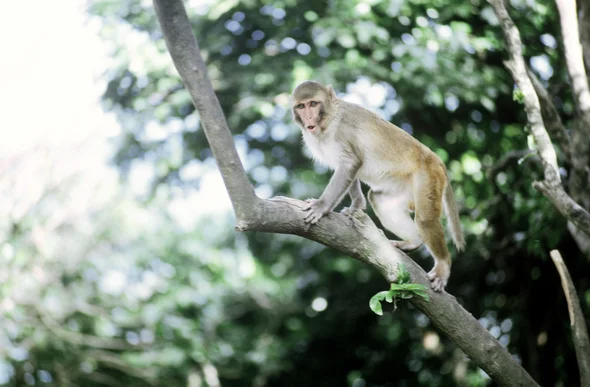
A Natural Disaster Made Monkeys Age Faster A large colony may provide clues about the biology of traumatic stress resulting from climate change and war
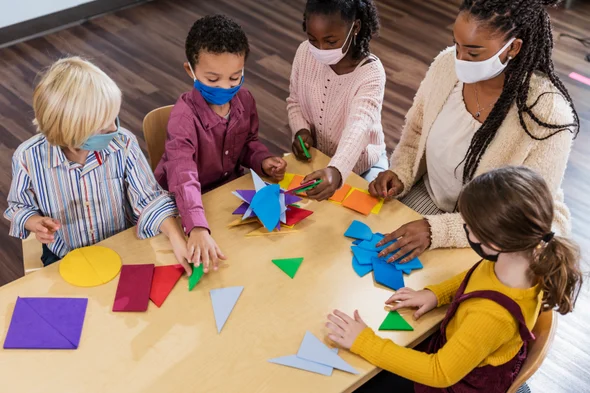
When Should COVID School Restrictions Lift? Intense Debates Persist Opinion among physicians and scientists still ranges widely on how quickly to proceed
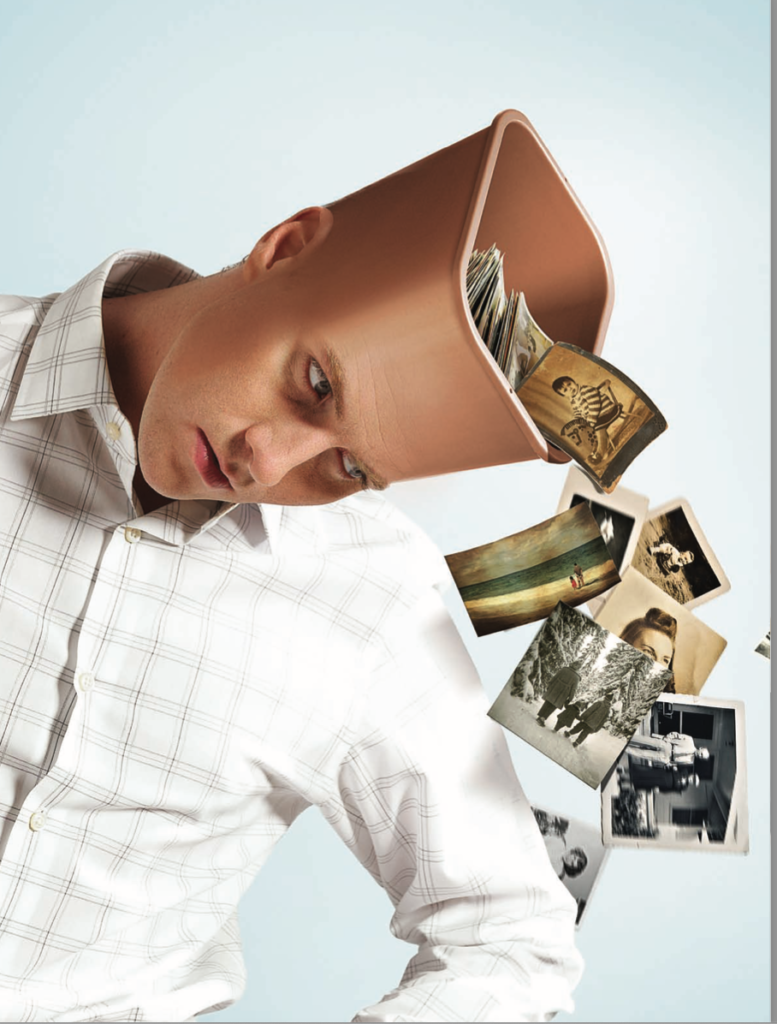
Trying to Forget: The ability to let go of thoughts and remembrances supports a sound state of mind, a sharp intellect — and even superior memory.
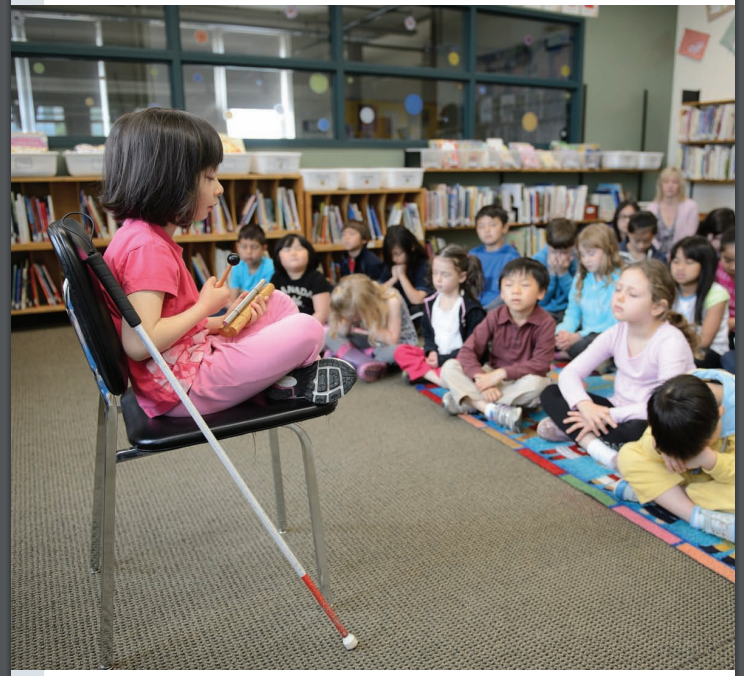
The Education of Character: Scientists, politicians and celebrities are remaking schools as gyms for the brain where teachers build the mental brawn for attention, perseverance and emotional control.

I Do Not Feel Your Pain: Researchers are unraveling why some people are more sensitive to pain than others. Their efforts could lead to more accurate diagnoses, better pain prevention and safer, more powerful painkillers.
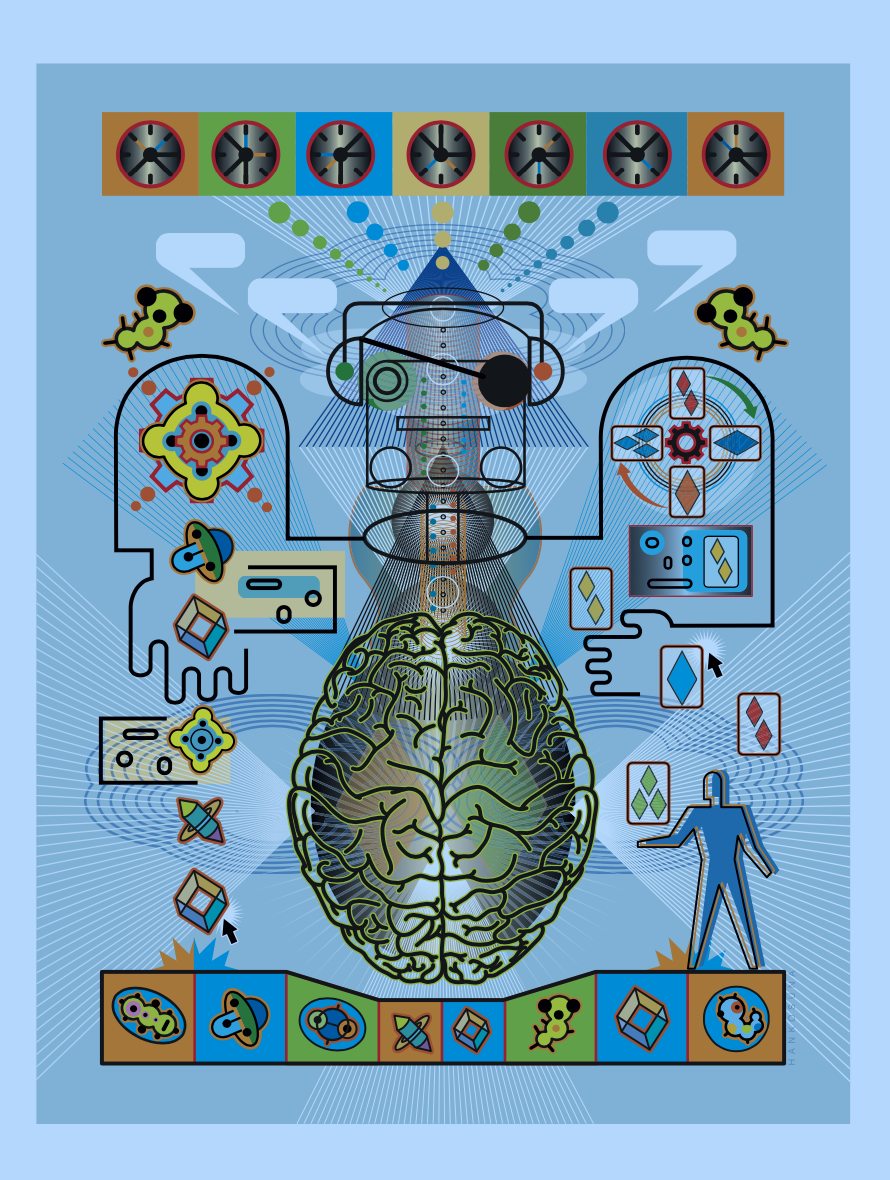
Calisthenics for a Child’s Mind: Scientists have concocted mental fitness regimens to strengthen weak thinking skills in students — in effect, making kids smarter.

Behave! An interactive parent-training program can stamp out behavior problems in kids — and abuse from parents.

Streams of Consciousness: Neuroscientists Break into the Brain to Expose its Workings.

Streams of Consciousness: Brilliance often Springs from Boredom.
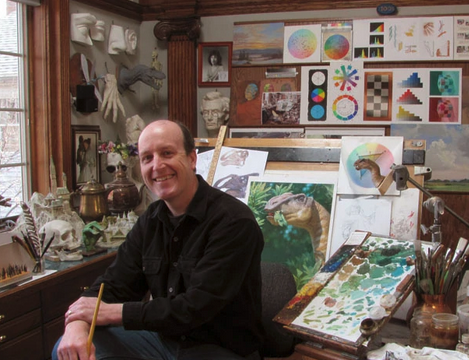
Streams of Consciousness: An Artist Reveals How He Tricks the Eyes.